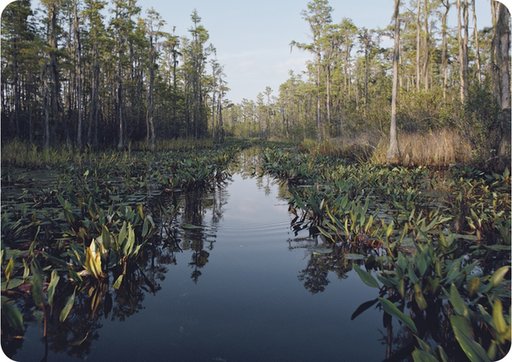
wetland
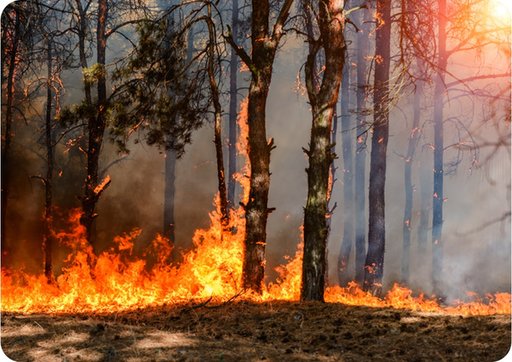
forest fire
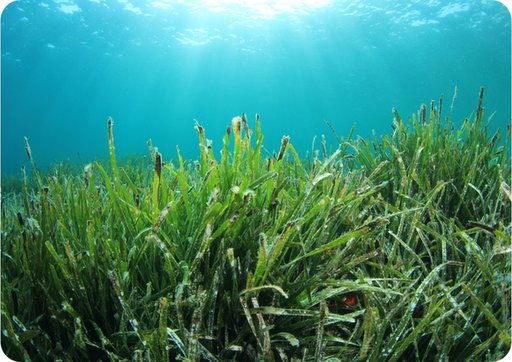
plantsin water
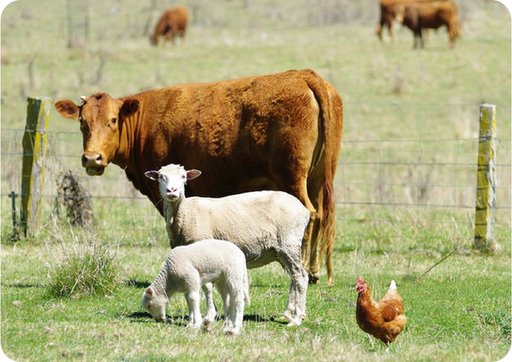
animals

plantson land
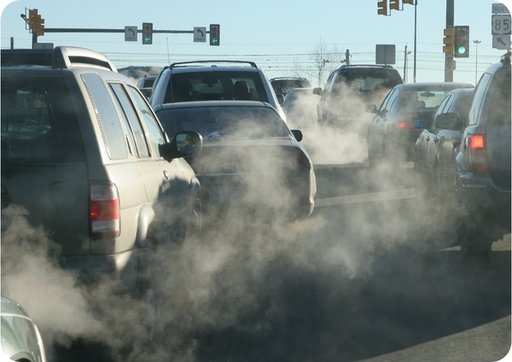
burningfossil fuel
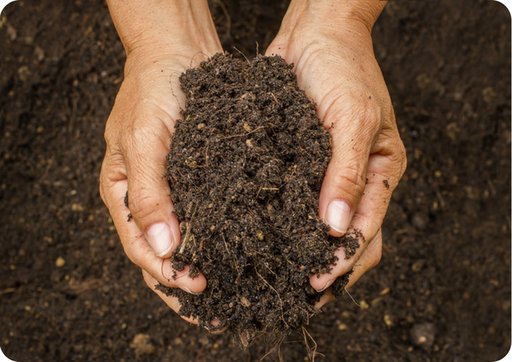
soil
Carbon Source
Carbon Sink
Carbon Source
Carbon Sink
Carbon Source
Carbon Sink
Carbon Source
Carbon Sink
Carbon Source
Carbon Sink
Carbon Source
Carbon Sink
Carbon Source
Carbon Sink
Toomuchcarbondioxideintheatmospherecanbeharmfultothe planet.
Isthephotoshowingacarbonsourceoracarbonsink?Tapabuttonto answer.
Welldone!
Play Again